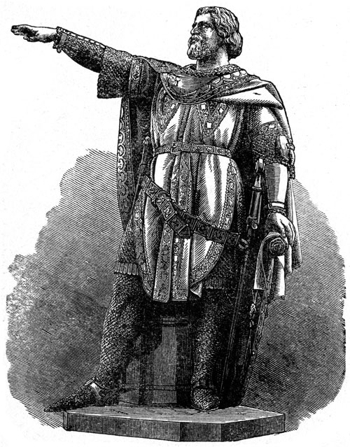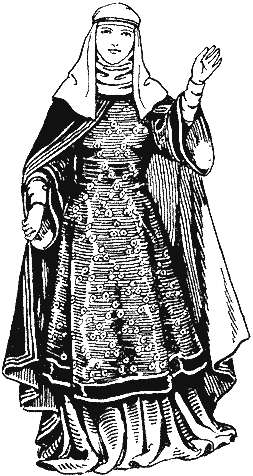
On Writing
To begin with, this is my famous writer's block, a gift from my daughter-in-law. It sits front and center on my desk. Very practical; it saves me from succumbing to one of my own.

writers block
The research for this novel took the available time of two years. In many ways it is still ongoing. There is a tongue-in-cheek adage for this. We purchase twenty books in order to write the one we are working on. It is amazing what one discovers. One bit of info leads to another and still another one. Very soon one forgets both time and purpose of what one set out to do. Yes, it is old history, but fascinating nonetheless.
Why did I chose this subject?
To begin with, I love to read history and so came across Berengaria, the medieval English Queen who never set foot in her country. Not only that, but history has by and large dismissed her as ineffectual and irrelevant. Most writers who have touched on this subject, depict her as a somewhat weepy woman.
Yet, upon further research I discovered that this same lady, after the death of her husband, Richard I, fought tenaciously and for nineteen long years with the English Monarchy and the French king for her dower rights. Living near poverty at first, she thought help wherever she could find it—at her sister's court in Champagne to begin with. She enlisted the aid of two powerful Popes. She earned the respect of the people of LeMans and finally went on to build the Cistercian abbey of the Pietas Dei of l'Epau.
To my mind, a person, capable of achieving this enormous feat of perseverance has to have cosiderable inner strength and resources. To boot, she was a very educated woman, far above the norms of her time. Thus the idea for this novel was born.
What if?
So we have the lady. Now there must also be the knight, preferably in shining armor, as the saying goes. Thus Julian came along, perhaps not yet in shining armor, but certainly filled with enormous chivalric ideals. The story subtly shifted and finally became what it is now—two years in the life of a young medieval knight.

Typical elder knight of the times
By the way,
When the time came to consecrate the abbey, monks from all over came to be part of and witness the sacred ceremony. Alas, they arrived just in time for her burial. Her sarcophagus still rests in the abbey she has built.

Common dress for women of the early middle ages.
For instance, Richard's ransom amounted to 150 000 Marks in silver or plate as they called it. Much of it was used to open the mint in Austria. And Richard wasn't really incarcerated; he was often seen riding the hunt with Henry v, emperor of the Holy Roman Empire.
At his release in 1194 another 60 hostages of high nobility were obliged to come to Germany, where they spent a number of years at the king's residence. One was Berengaria's brother Fernando. They brought much French culture with them, among it the manuscript 'Lancelot' by Hugo von Morville. Thus the legend of King Arthur came to Germany and beyond. A few hostages also stayed with Leopold, Duke of Austria.
The pope of the time, Celestine III, had decreed, upon pain of excommunication, that all pilgrims, returning from Palestine were to be given unmolested passge to their homeland. In spite of the pope's dire threats, Duke Leopold did kidnap Richard. Two years later he fell off his horse, broke a leg and died a miserable death. Accident? Fate? Well. let's not go there.